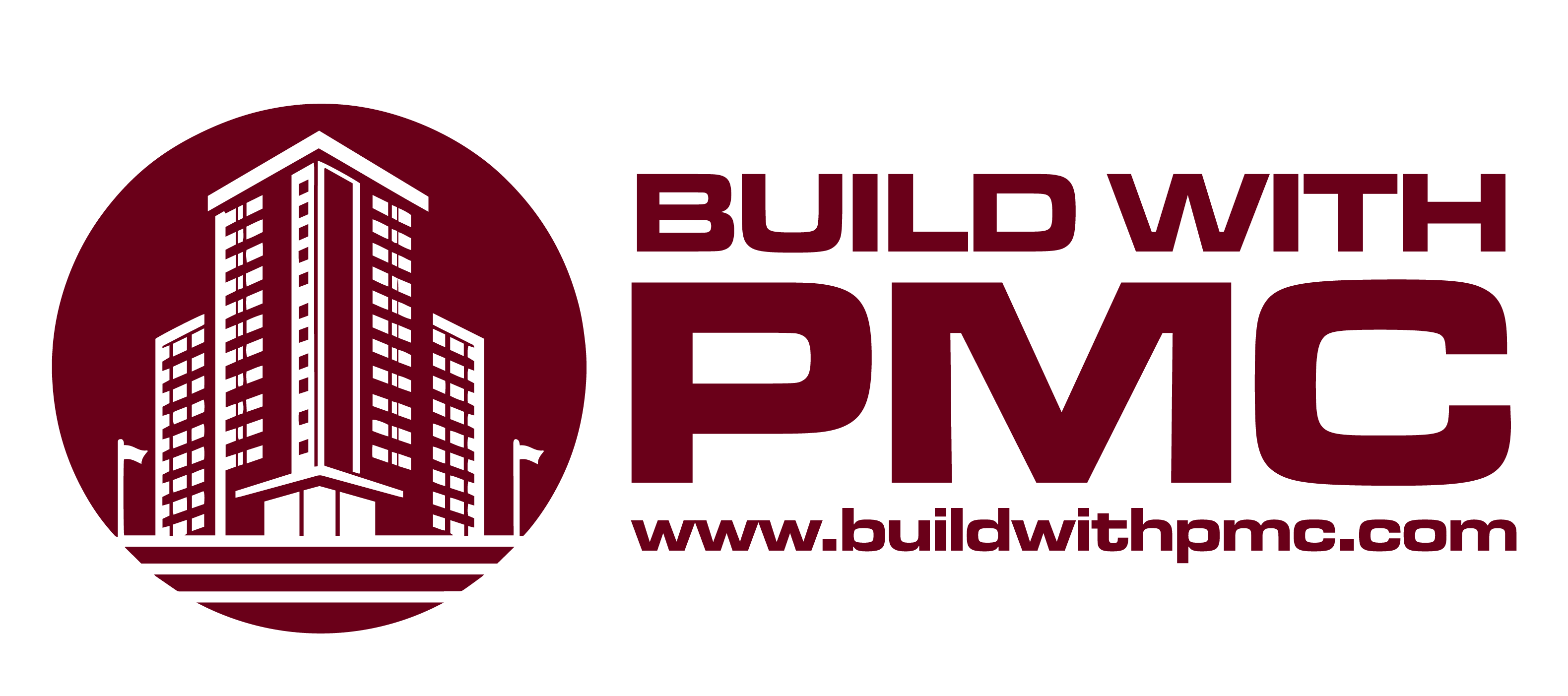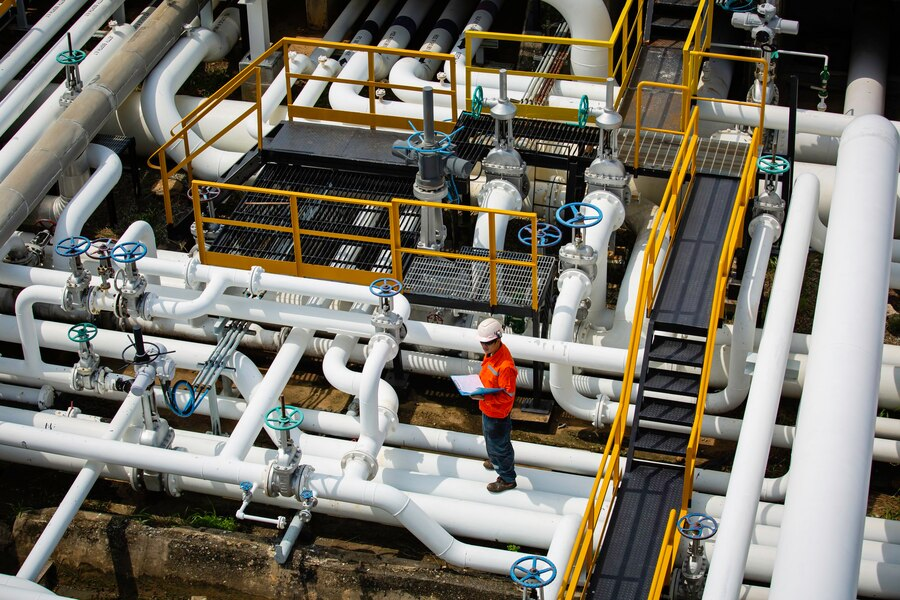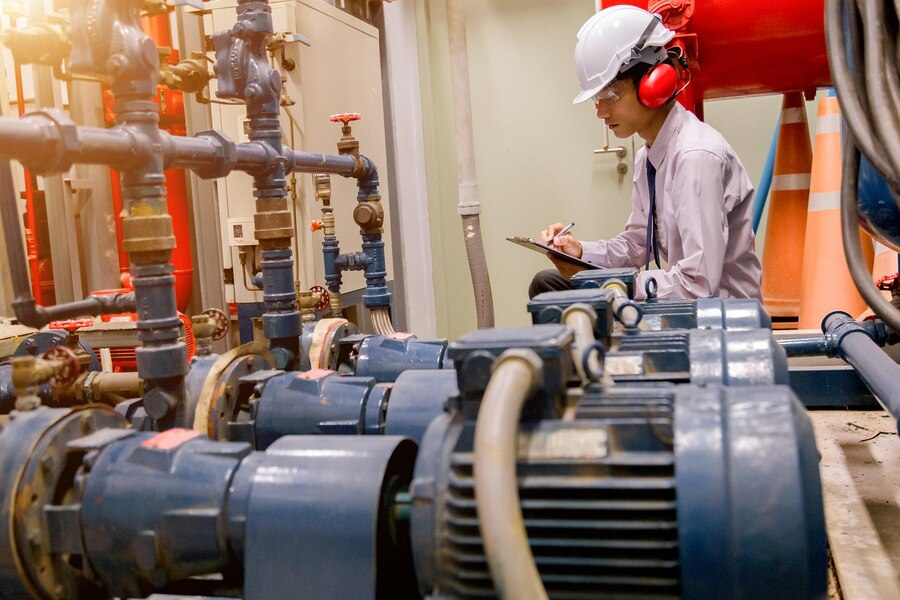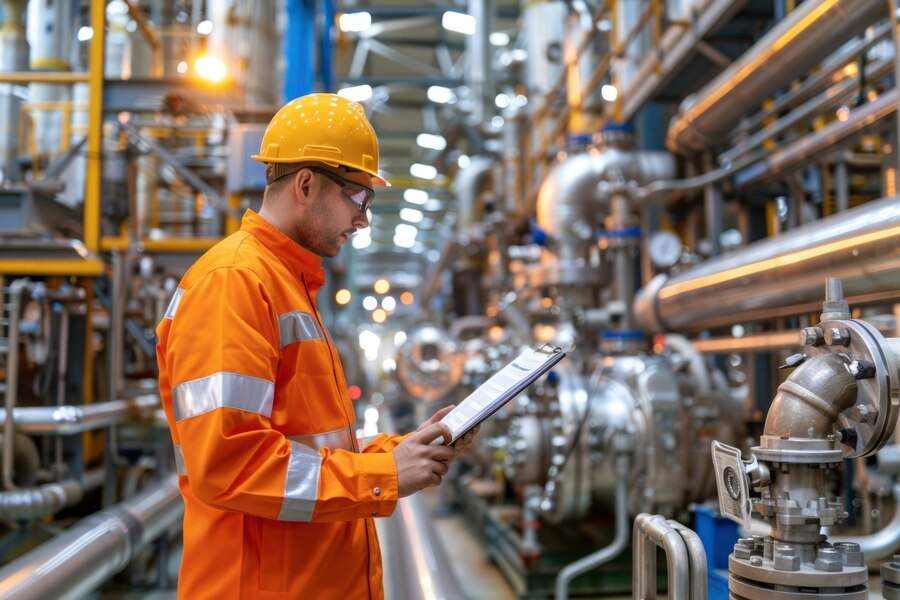In the sprawling industrial landscape of Fontana, California, where efficiency reigns supreme, the intricate network of process piping stands as the unsung hero. These pipelines, meticulously woven throughout factories and plants, serve as the lifeblood of operations, facilitating the seamless flow of materials, fluids, and gases. From manufacturing giants to niche enterprises, every corner of Fontana’s industrial tapestry relies on these arteries of productivity to maximize output and minimize waste. In this exploration, we delve into the pivotal role of process piping, uncovering its significance in driving efficiency and powering the relentless pursuit of excellence in Fontana’s bustling industrial hub.
Understanding Process Piping in Industrial Settings

In the vast landscape of industrial operations, process piping serves as the circulatory system, facilitating the movement of fluids, gases, and sometimes solids within various manufacturing and production facilities. These intricate networks of pipes are essential components in industries such as petrochemicals, pharmaceuticals, food and beverage, energy production, and many others.
Importance of Process Piping
Process piping plays a fundamental role in ensuring the smooth and efficient operation of industrial facilities. Its significance stems from several key factors:
- Material Transport: Process piping enables the transfer of raw materials, intermediates, and finished products throughout the production process. Whether it’s conveying liquid chemicals, gases, or granular materials, the proper design and functionality of piping systems are critical for maintaining operational efficiency.
- Process Control: Many industrial processes rely on precise control over temperature, pressure, flow rates, and other parameters. Process piping integrates with instrumentation and control systems to regulate these variables, ensuring optimal process conditions and product quality.
- Safety and Compliance: Properly designed and maintained process piping systems are essential for ensuring workplace safety and compliance with regulatory standards. Issues such as leaks, corrosion, or inadequate material selection can pose significant risks to personnel, the environment, and public health.
- Energy Efficiency: Efficient process piping design can contribute to energy conservation by minimizing pressure drops, optimizing insulation, and reducing heat loss or gain during material transport. Energy-efficient piping systems not only lower operational costs but also support sustainability objectives.
Components of Process Piping
A typical process piping system comprises various components, each serving a specific function:
- Pipes: The primary conduits for fluid or gas transport, pipes come in a variety of materials, sizes, and configurations depending on the application requirements and environmental factors.
- Fittings: Fittings such as elbows, tees, reducers, and valves facilitate changes in direction, branch connections, and flow control within the piping system.
- Valves: Valves play a crucial role in regulating fluid flow, pressure, and direction. Different types of valves, including ball valves, gate valves, and control valves, are selected based on their intended function and operating conditions.
- Flanges: Flanges provide a means of connecting pipes, valves, and other equipment, allowing for easy assembly, disassembly, and maintenance of the piping system.
- Supports and Hangers: Proper support and alignment of piping components are essential for preventing sagging, vibration, and stress accumulation, which can lead to premature failure or operational disruptions.
Design Considerations
Designing an efficient process piping system requires careful consideration of various factors, including:
- Fluid Properties: Understanding the physical and chemical properties of the conveyed fluids is essential for selecting compatible materials, preventing corrosion, and ensuring product integrity.
- Operating Conditions: Factors such as temperature, pressure, flow rates, and environmental conditions influence the selection of piping materials, insulation, and corrosion protection measures.
- Space Constraints: Limited space availability and layout considerations may dictate the routing, elevation, and configuration of piping networks within the industrial facility.
- Maintenance and Accessibility: Designing for ease of maintenance and inspection facilitates timely repairs, reduces downtime, and prolongs the service life of the piping system.
- Safety Standards: Compliance with industry standards, codes, and regulations governing process piping design, installation, and operation is paramount to safeguarding personnel and assets.
Process piping is a foundational element of industrial infrastructure, supporting the seamless operation of manufacturing processes across various sectors. By understanding the principles of process piping design, materials selection, and operational considerations, industrial stakeholders can maximize efficiency, safety, and reliability within their facilities.
Strategies for Maximizing Efficiency in Process Piping
Optimal Design and Layout

Efficient design and layout of process piping systems are foundational to their performance.
Key considerations include:
- Flow Optimization: Minimize pressure drops, turbulence, and resistance by selecting appropriate pipe sizes, routing paths, and configurations to ensure smooth fluid flow.
- Equipment Placement: Strategically position equipment such as pumps, valves, and control devices to minimize piping lengths, reduce energy consumption, and facilitate maintenance access.
- Modular Design: Implement modular piping assemblies and standardized components to streamline installation, facilitate future expansions or modifications, and enhance system flexibility.
Material Selection and Compatibility
Choosing the right materials for process piping construction is crucial for longevity, reliability, and safety.
Considerations include:
- Corrosion Resistance: Select materials compatible with the conveyed fluids, operating conditions, and environmental factors to mitigate corrosion, degradation, and contamination risks.
- Temperature and Pressure Ratings: Ensure that piping materials and components meet the required temperature and pressure ratings to withstand operational stresses and prevent failures.
- Lifecycle Costs: Evaluate the lifecycle costs of different material options, including initial procurement, installation, maintenance, and replacement expenses, to optimize long-term efficiency and cost-effectiveness.
Efficient Fluid Handling
Optimizing fluid handling processes within the piping system can significantly improve efficiency.
Strategies include:
- Flow Control: Implement flow control devices such as valves, regulators, and flow meters to maintain desired flow rates, pressure levels, and process parameters while minimizing energy consumption and waste.
- Variable Speed Drives: Utilize variable speed drives (VSDs) on pumps and other equipment to adjust operating speeds in response to fluctuating demand, thereby reducing energy consumption and enhancing system efficiency.
- Leak Detection and Prevention: Implement proactive measures such as regular inspections, monitoring systems, and leak detection technologies to identify and mitigate leaks promptly, minimizing product losses and environmental impacts.
Energy Efficiency Measures
Efficient energy utilization is essential for minimizing operating costs and reducing environmental footprints.
Key strategies include:
- Insulation: Apply thermal insulation to piping systems to minimize heat loss or gain, reduce energy requirements for maintaining process temperatures, and enhance overall energy efficiency.
- Energy Recovery Systems: Integrate energy recovery systems such as heat exchangers or condensate recovery units to capture and reuse waste heat or energy from process streams, thereby maximizing resource utilization and reducing utility costs.
- Process Integration: Explore opportunities for process integration and heat exchange between different production stages or systems to optimize energy usage, improve overall efficiency, and reduce environmental impacts.
Maintenance and Reliability
Regular maintenance and proactive reliability measures are essential for sustaining efficient operation. Considerations include:
- Preventive Maintenance: Develop and implement a comprehensive preventive maintenance program to identify and address potential issues before they escalate into costly failures, ensuring uninterrupted operation and prolonging equipment lifespan.
- Condition Monitoring: Deploy advanced monitoring technologies such as vibration analysis, thermal imaging, and corrosion monitoring to assess the health and performance of piping systems, enabling early detection of anomalies and proactive maintenance interventions.
Continuous Improvement and Innovation
Embrace a culture of continuous improvement and innovation to drive ongoing efficiency enhancements. Strategies include:
- Performance Monitoring: Establish key performance indicators (KPIs) and monitoring systems to track system performance, identify areas for improvement, and benchmark against industry best practices.
- Technology Adoption: Stay abreast of emerging technologies, materials, and methodologies that offer potential efficiency gains, such as advanced materials, predictive analytics, digital twins, and automation solutions.
- Employee Training and Engagement: Invest in training and development programs to empower employees with the knowledge, skills, and tools necessary to identify opportunities for improvement, implement innovative solutions, and drive operational excellence.
Implementing these strategies and fostering a culture of efficiency and innovation, industrial facilities can unlock significant gains in productivity, sustainability, and competitiveness through optimized process piping systems.
Future Trends and Innovations in Process Piping for Enhanced Efficiency
Advanced Materials

Future process piping systems are likely to incorporate advanced materials offering enhanced durability, corrosion resistance, and performance.
Smart Piping Systems
The integration of sensors, actuators, and advanced monitoring technologies into process piping systems enables real-time data collection, analysis, and control, leading to enhanced efficiency and performance.
3D Printing and Additive Manufacturing
Additive manufacturing technologies hold the potential to revolutionize the design and fabrication of process piping components, offering greater design freedom, customization, and cost-effectiveness.
Modular and Prefabricated Systems
Prefabricated piping modules and modular construction techniques offer advantages in terms of cost-effectiveness, speed of installation, and flexibility.
Sustainable Design and Practices
With increasing emphasis on sustainability and environmental stewardship, future process piping systems are expected to incorporate eco-friendly materials, energy-efficient designs, and waste-reduction strategies.
Automation and Robotics
Advancements in automation and robotics are transforming how process piping systems are designed, installed, and maintained, leading to increased efficiency, safety, and productivity.
Conclusion
Process piping plays a vital role in Fontana’s industrial landscape, ensuring the smooth operation of various manufacturing processes. Firms like PM INC in Fontana, CA, exemplify the significance of efficient process piping solutions. With their expertise and dedication, businesses can maximize productivity and efficiency, driving growth and success in the industrial sector.



